To provide the best experiences, we use technologies like cookies to store and/or access device information. Consenting to these technologies will allow us to process data such as browsing behaviour or unique IDs on this site. Not consenting or withdrawing consent, may adversely affect certain features and functions.
The technical storage or access is strictly necessary for the legitimate purpose of enabling the use of a specific service explicitly requested by the subscriber or user, or for the sole purpose of carrying out the transmission of a communication over an electronic communications network.
The technical storage or access is necessary for the legitimate purpose of storing preferences that are not requested by the subscriber or user.
The technical storage or access that is used exclusively for statistical purposes.
The technical storage or access that is used exclusively for anonymous statistical purposes. Without a subpoena, voluntary compliance on the part of your Internet Service Provider, or additional records from a third party, information stored or retrieved for this purpose alone cannot usually be used to identify you.
The technical storage or access is required to create user profiles to send advertising, or to track the user on a website or across several websites for similar marketing purposes.
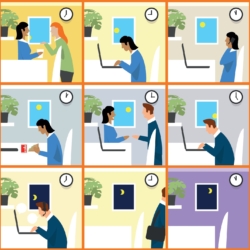 What can we learn from 2020? Maybe one of the most important lessons is that we had got to accustomed to functioning, working and thinking like machines rather than humans? The deadly Covid-19 virus reminded all of us that the mortal human can never relax and believe all is ‘’OK’’. (more…)
What can we learn from 2020? Maybe one of the most important lessons is that we had got to accustomed to functioning, working and thinking like machines rather than humans? The deadly Covid-19 virus reminded all of us that the mortal human can never relax and believe all is ‘’OK’’. (more…)




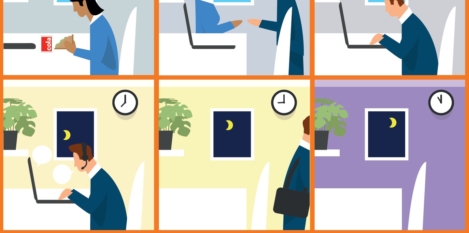

 Supported by its Green Building Councils and their members, the
Supported by its Green Building Councils and their members, the 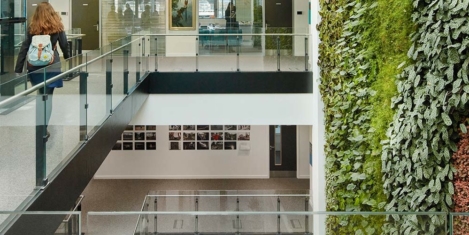
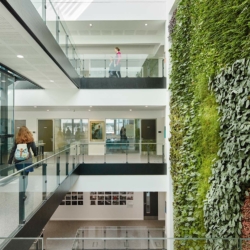
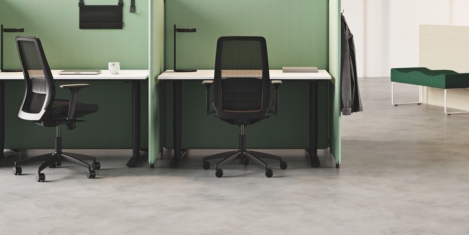
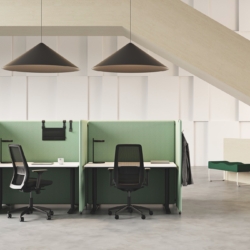
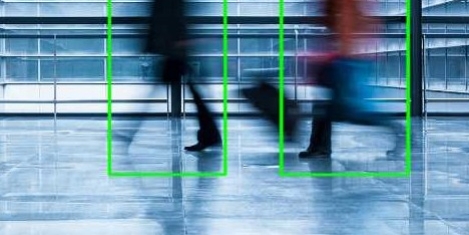
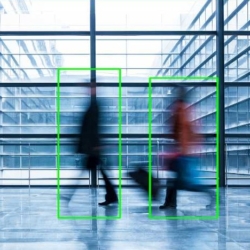


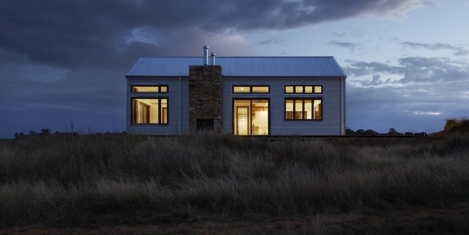
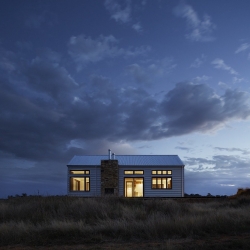
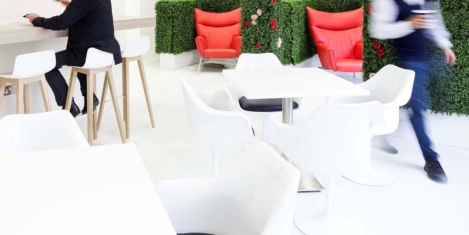
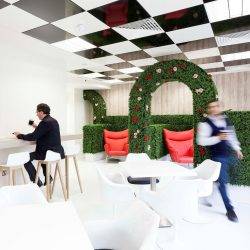















September 15, 2020
We are still overlooking the importance of air quality
by John Swift • Comment, Wellbeing, Workplace design